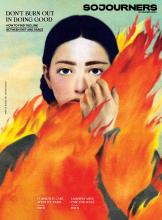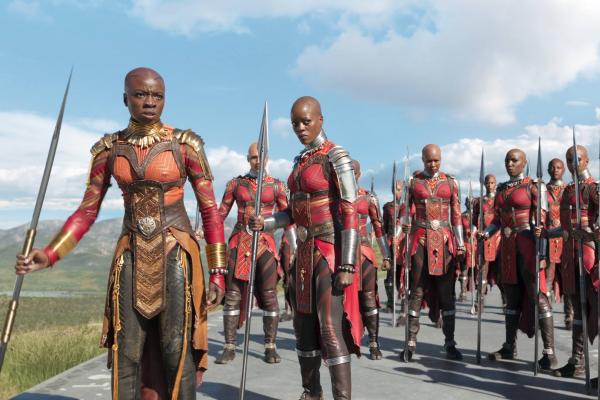Mar 13, 2018
How do we take the limits off the imagination of black children in Chicago? Part of the answer is to create more Afrofuturism. Let our children dream, and dream big.
Read the Full Article

Already a subscriber? Login

How do we take the limits off the imagination of black children in Chicago? Part of the answer is to create more Afrofuturism. Let our children dream, and dream big.
